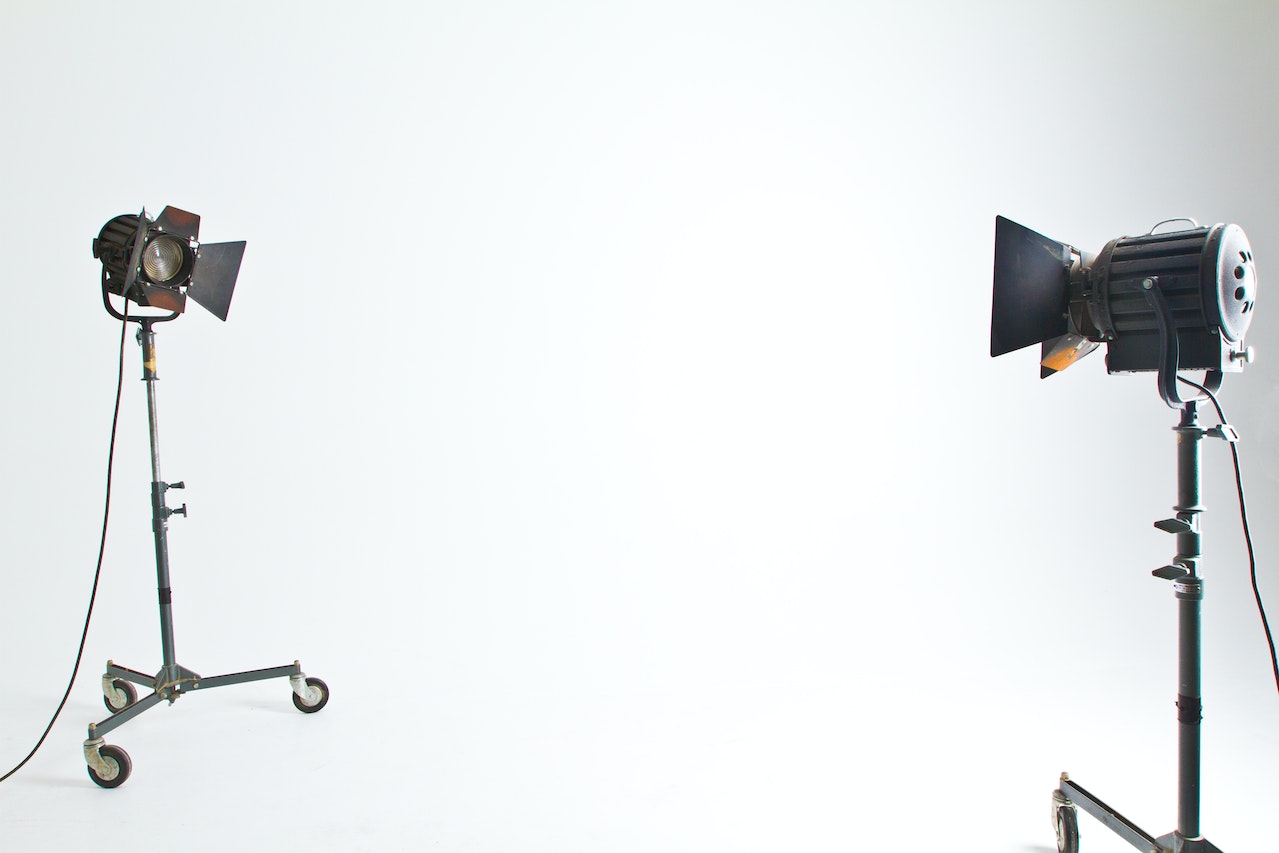There are many different types of lighting in photography. Natural light, artificial light and a combination of both can achieve stunning results.
Natural Light is the most common type of lighting used for photography, with sunlight being the main source. It’s considered one of the easiest and most straightforward ways to capture beautiful imagery because it requires minimal equipment. Taking advantage of natural light and its characteristics can create amazing portraits. Natural light can be used in a variety of ways such as using windows, open doors or skylights to let the light through, diffusing it with sheer curtains or bouncing it off walls for a softer effect.
Different types of lighting in photography
Artificial Light is the use of lighting equipment such as lights and flashes to create a desired effect. It’s necessary in situations where natural light is not available or when particular light conditions are needed, such as when working with a low-light environment or night photography. Bouncing the artificial light off reflective surfaces can help soften it and reduce harsh shadows.
A combination of both natural and artificial light can also be used to create stunning photographs. Natural light can be softened and complemented by using an artificial light source for a desired effect, or the natural light can be enhanced with additional flash lighting. Both types of lighting have their benefits, so it’s important to consider all options when deciding which one to use for your photographs.
Key lighting in photography
There are many different types of lighting used in photography. Natural light, artificial light and a combination of both can achieve stunning results.
Natural Light is the most common type of lighting used for photography, with sunlight being the main source. It’s considered one of the easiest and most straightforward ways to capture beautiful imagery because it requires minimal equipment. Taking advantage of natural light and its characteristics can create amazing portraits. Natural light can be used in a variety of ways such as using windows, open doors or skylights to let the light through, diffusing it with sheer curtains or bouncing it off walls for a softer effect.
Fill lighting
Fill lighting, also known as fill flash, is a useful technique that helps reduce harsh shadows and provides an even tone to your photographs. Fill lighting is usually achieved by using a separate light source, such as a reflector or flash bounced off the ceiling or wall. This type of lighting can be used in combination with natural or artificial light for a more balanced shot.
In conclusion, there are many different types of lighting used in photography and understanding how to use each one effectively can help you create stunning images. Whether you’re using natural light, artificial light or a combination of both, experiment with the various techniques until you find the best solution for your photographs.
Back lighting
Back lighting is a type of lighting used in photography to achieve a dramatic, high contrast effect. This technique involves placing the light source behind the subject so that it casts an outline around them and creates visible shadows. Back lighting can be used with both natural and artificial light, although using flash or studio lights will often yield better results as they produce a more intense, focused light. This technique is often used to create silhouette images or to add drama and depth to a portrait. It can also be used in combination with other lighting techniques, such as key lighting or fill lighting for added impact. Back lighting can help create beautiful, dramatic photos and should definitely be tried out by all aspiring photographers.
Lighting background
Lighting is an important aspect of photography that can often make or break a photo. Different types of lighting – natural and artificial, key lighting, fill lighting, and backlighting – can be used to create stunning visuals or dramatic effects. Choosing the right type of lighting for your photographs depends on the desired outcome, but whatever technique you use, be sure to experiment and keep an eye out for interesting results. Ultimately, lighting is a powerful tool that all photographers should take full advantage of in order to capture the perfect shot!
Our conclusion
All in all, lighting is an essential component of photography that can make or break a photo. Different types of lighting, such as natural and artificial light, key lighting, fill lighting and backlighting can be used to produce stunning visuals or dramatic effects. It is important to take the time to experiment with different techniques in order to find the best solution for each individual photograph. Understanding the basics of lighting, and how to use each type effectively can help you create amazing images that will stand out from the crowd!
